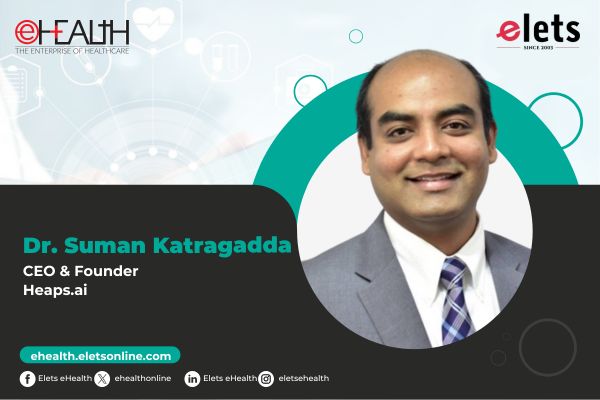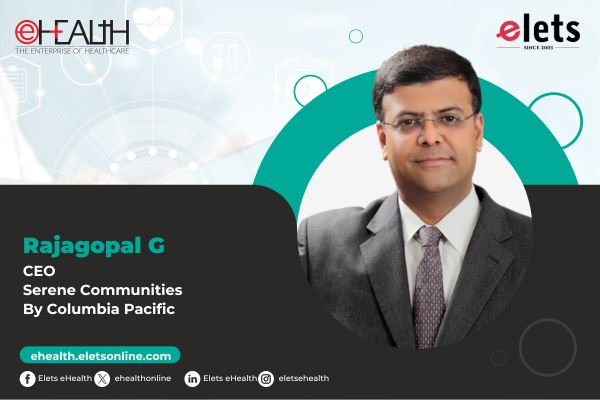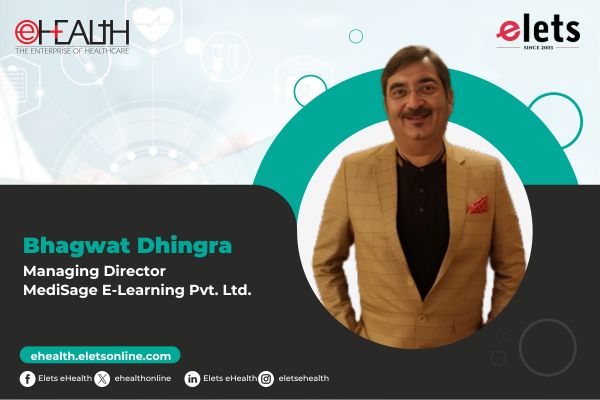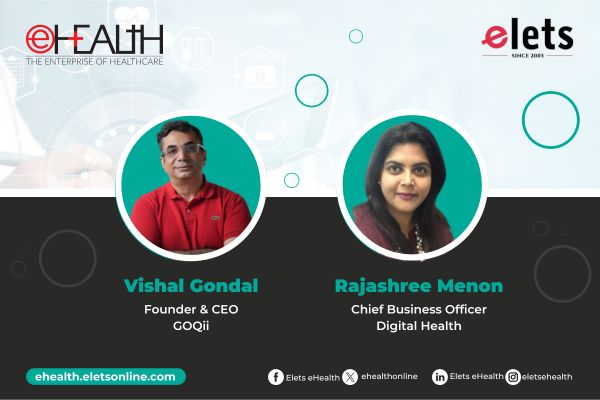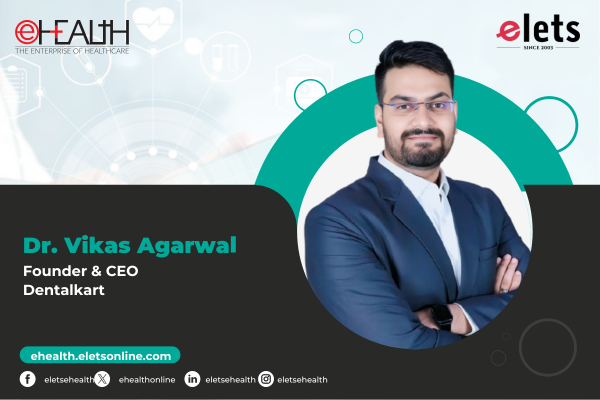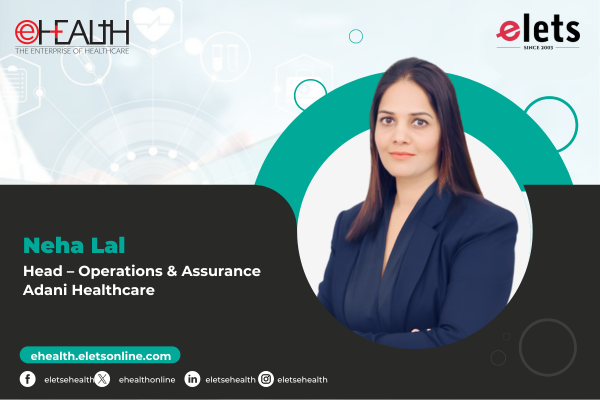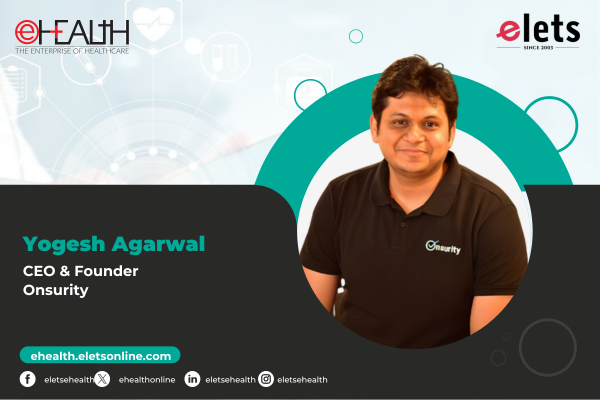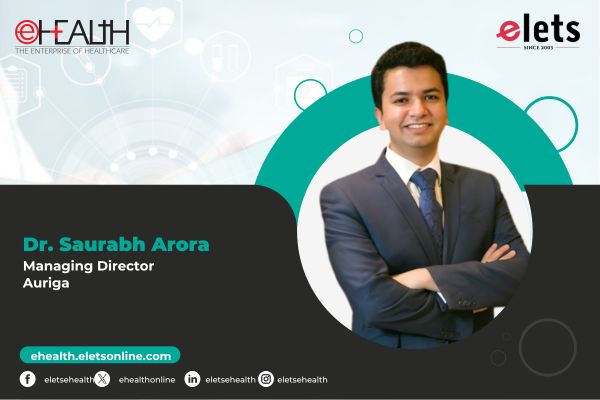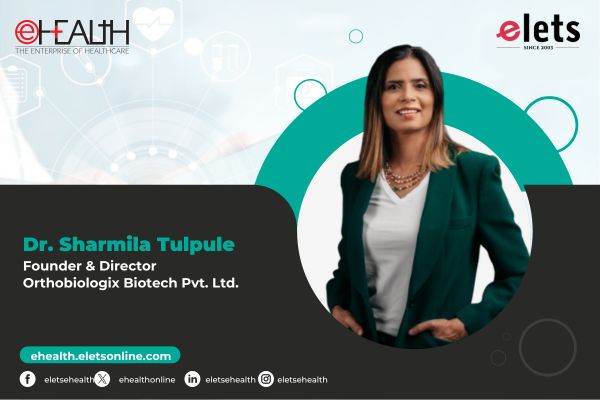
An alarming trend is raising concerns in the medical community, highlighting a significant health risk for younger people: strokes. Strokes are among the leading causes of death in India and are known to cause long-term physical and cognitive disabilities in many individuals. A stroke, often called a “brain attack,” occurs when blood flow to the brain is blocked, causing brain damage. Previously, strokes were primarily seen in older populations over 60. However, in recent years, the incidence of strokes has increased among younger adults aged 27 to 40. While genetic predisposition, such as blood clotting disorders, was once the primary cause of strokes in younger adults, poor lifestyle choices are now emerging as significant contributors. Understanding the causes of strokes in young adults and taking preventative steps is essential.
Factors Causing Stroke in the Younger Population
Several major risk factors are associated with strokes in younger people, including high blood pressure, diabetes, and obesity, which can make young adults more susceptible. High blood pressure and diabetes strain the heart, damage blood vessels, and increase stroke risk.

Nicotine use in any form—whether through smoking or chewing tobacco—poses a severe health risk. Smoking increases blood viscosity, which can lead to clot formation and cause strokes in younger individuals. Additionally, smoking raises blood pressure, another factor linked to stroke risk. Furthermore, smoking raises LDL (the harmful cholesterol) levels while decreasing HDL (the beneficial cholesterol), further heightening the risk of stroke.

Today, factors such as work stress, sedentary lifestyles, and unhealthy eating habits contribute to the rising incidence of strokes among young adults. Other concerns include trauma to the neck (which can cause injuries to blood vessels in the brain), drug abuse, family history, and genetic factors.

Recognizing Stroke Symptoms
A lack of awareness about stroke symptoms can lead to delayed treatment. The acronym BEFAST (Balance, Eyes, Face Drooping, Arm Weakness, Speech Difficulty, and Time) is a useful reminder of stroke symptoms. Additional symptoms may include vomiting, seizures, fatigue, light-headedness, dizziness, and headaches. Remember, a stroke is a medical emergency, and timely intervention within the “golden hour” (four-and-a-half hours) can save a life.

Failing to address a stroke promptly can lead to severe consequences, such as paralysis, lasting disabilities, memory issues, cognitive decline, brain swelling, and lung infections like pneumonia. Seeking immediate medical attention and adopting preventive strategies is crucial to reduce stroke risk.
Preventing Strokes in Younger Adults
Preventative measures are essential to reduce the likelihood of strokes in young adults. A nutritious diet and at least an hour of daily exercise—such as walking, cycling, gym workouts, yoga, or swimming—can help maintain an optimal weight. Other strategies include quitting smoking, alcohol, and drug use; managing stress through yoga and meditation; and monitoring high blood pressure, cholesterol, and blood sugar levels with expert guidance. Following prescribed medications and attending regular check-ups and follow-ups can significantly reduce the risk of stroke.
Views expressed by: Dr. Nirmal Surya, Consulting Neurophysician and President of the Indian Stroke Association (ISA).
Be a part of history! Express your interest and get featured in our exclusive souvenir, launching at the Bengaluru Tech Summit.
Be a part of Elets Collaborative Initiatives. Join Us for Upcoming Events and explore business opportunities. Like us on Facebook , connect with us on LinkedIn and follow us on Twitter , Instagram.
"Exciting news! Elets technomedia is now on WhatsApp Channels Subscribe today by clicking the link and stay updated with the latest insights!" Click here!






